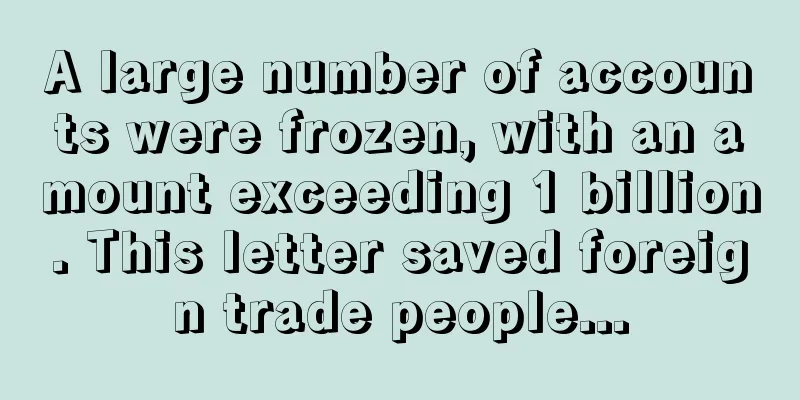Haven’t made any money in a few years? Amazon recommends sellers try the “profit calculator”

|
Some sellers have been doing business for several years, but they are still not sure whether they are making money or not. For this reason, Amazon has launched a calculator to help sellers calculate their profits.
Last Friday, Amazon published a post showing sellers how to use this calculator to calculate costs and compare various FBA options.
Amazon explains: “The profit calculator compares the various FBA options and takes into account factors such as sales price, storage, shipping, and fulfillment costs. The calculator then gives you an estimated cost based on which stores you want to sell your products in.
The calculator takes into account common expenses such as Amazon commissions, fulfillment fees, monthly storage costs, and variable settlement fees. Sellers must use the "Miscellaneous Costs" option to add their other types of expenses, such as long-term storage costs, removal order costs, and return processing costs.
While the calculator can’t determine a seller’s profitability without knowing how much they paid for their inventory, it does have a cost of goods sold field so sellers can choose to enter their own cost of goods information.
An Amazon Seller University video explains the calculator, using an example where a seller plans to stock 30 items priced at $15 and expects to sell 15 units per month. Using FBA, the seller would see a profit margin of 20.39%.
Another benefit of the calculator is that sellers can input fulfillment costs from competitors and compare them to their own.
In Friday's post, Amazon also addressed the issue of pricing, suggesting that sellers consider this question: Can you make more money if you raise or lower your prices? It recommends that sellers consider taking the following actions:
Conduct product research. When analyzing competitors, keep track of the upper and lower price ranges for your products.
Think about how a product adds value. If it's higher quality or solves a problem, customers might be willing to pay more.
Use tools like Product Opportunity Explorer to research price trends, and resources like Amazon Brand Analytics to gain insight into customer behavior and purchasing patterns. Amazon Seller profit |
<<: Surpassing Temu, SHEIN has the highest appearance rate in TikTok topics!
Recommend
Accounting for 36%, e-commerce will become the key driver of the development of the UAE retail industry
The UAE has always been one of the countries with...
Sales increased by 33%, and "clean beauty" products are popular in the United States
So-called " clean beauty products " ref...
16-year-old freight forwarder went bankrupt? The company involved urgently refuted the rumor
A seller complained: "It is no exaggeration ...
The product has soared to the top three in the Amazon category! Another Shenzhen dark horse seller breaks through
Looking at the different tracks in which domestic...
Anker has already laid out its plan! This $22 billion blue ocean market is so attractive
Today, the European and American e-commerce marke...
Walmart starts renting ships to cope with supply chain crisis during peak season!
After Home Depot started the ship chartering mode...
What is Khaos Control? Khaos Control Review, Features
Khaos Control is an ERP software solutions provid...
Etsy charges 12% marketing fee, pushes off-site advertising and is criticized
Recently, the Etsy platform issued an announcemen...
Anker's annual cash dividend is 800 million!
As the leading cross-border company, Anker Innova...
What is livieandluca? livieandluca Review, Features
livieandluca is a handmade shoe of exceptional com...
Amazon's small category is the first to hit the market!
The money-making ability of baby products is so s...
Sellers are complaining about Prime Day: ACOS skyrocketed, but orders were stable...
As of the time of writing, this year's Amazon...
What is Icubic Overseas Warehouse? Icubic Overseas Warehouse Review, Features
Icubic was founded in Melbourne, Australia in 2016...
Peak season may come early, 70% of American consumers will shop beyond their budget!
The United States is one of the most important ma...
Smart rings are popular on Alibaba International, and domestic innovative electronic products have a bigger market overseas
As the peak season for foreign trade in the new y...









